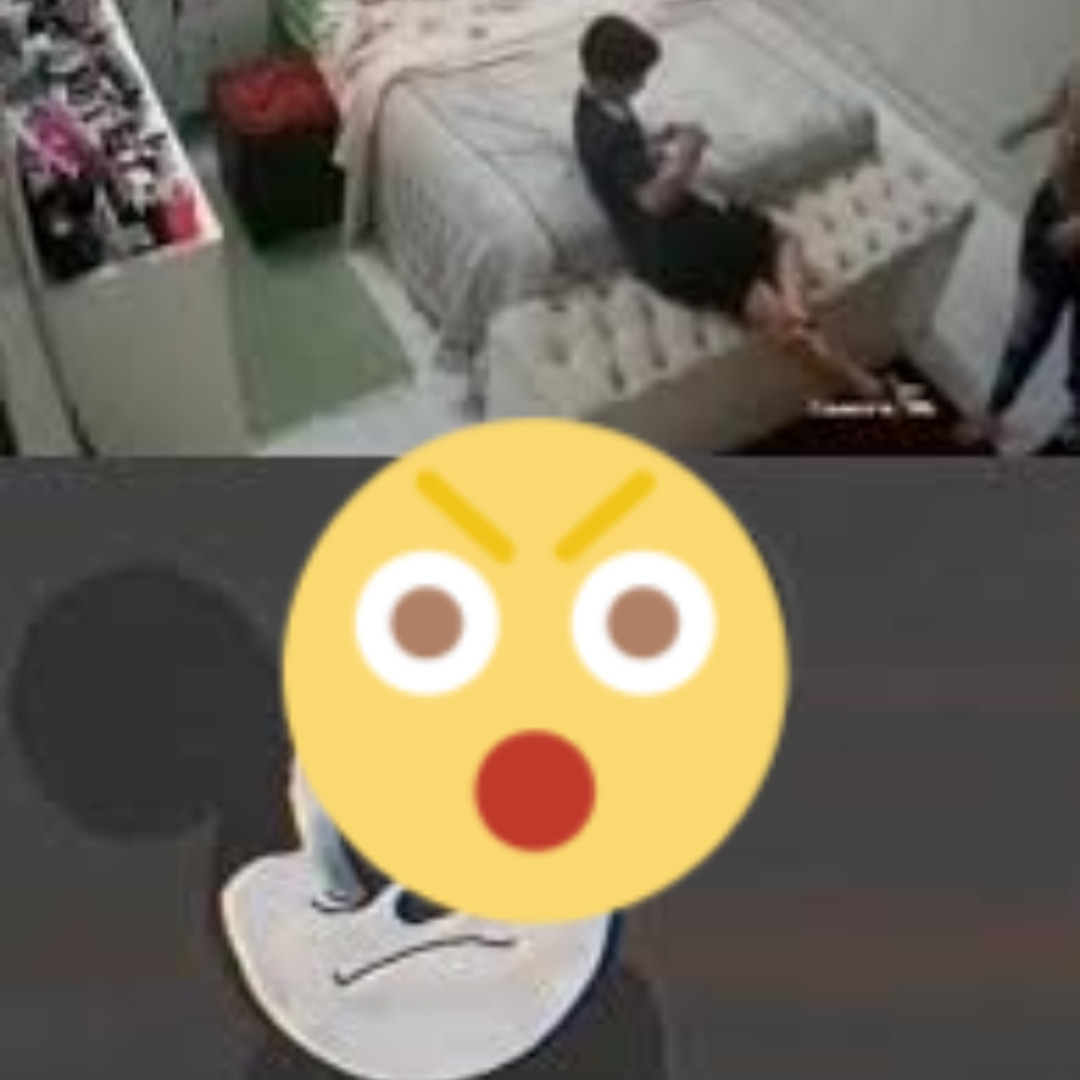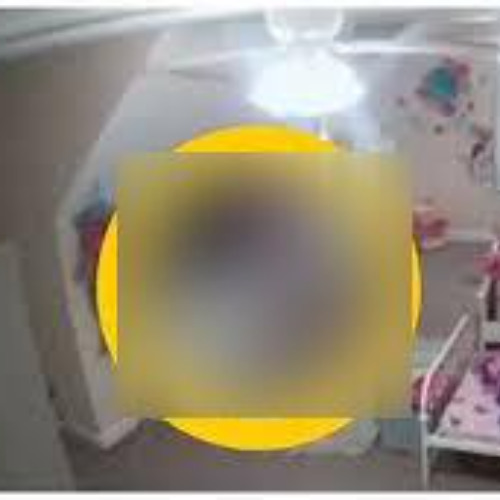In recent years, the world of social media has been flooded with viral videos capturing unexpected moments, and one particular clip that has captured the attention of millions is the "buscar kid and his mom CCTV" footage. This video, reportedly captured on surveillance cameras, has sparked numerous debates and discussions. People are intrigued by the authenticity of the video, the story behind it, and the implications it might have. As the video continues to gain traction, questions arise about its origins, the people involved, and what it means for privacy in the digital age. In this article, we'll delve into the details of this viral phenomenon, examining its origins, significance, and the impact it has had on public discourse.
The "buscar kid and his mom CCTV" video has become a focal point for discussions around surveillance, privacy, and the ethical implications of sharing such content. While some viewers are captivated by the innocence and curiosity of the child in the footage, others are concerned about the broader implications of sharing personal moments without consent. This article aims to provide a comprehensive overview of the video, its backstory, and the broader societal issues it raises. By the end of this piece, readers will have a clearer understanding of the context surrounding this viral sensation and the debates it has ignited.
As the world becomes increasingly interconnected, the role of surveillance footage in shaping public narratives cannot be underestimated. The "buscar kid and his mom CCTV" video serves as a prime example of how seemingly ordinary moments captured on camera can become global phenomena. In this article, we will explore the origins of the video, analyze the reactions it has elicited, and examine the ethical dilemmas it presents. Through this exploration, we aim to shed light on the complexities of modern media consumption and the importance of responsible content sharing.
Read also:Messy French Crop The Chic Hairstyle Thats Perfect For Any Occasion
Who Are the People Behind the "Buscar Kid and His Mom CCTV" Video?
Understanding the individuals involved in the "buscar kid and his mom CCTV" video is crucial to contextualizing its significance. The footage features a young child, referred to as the "buscar kid," and his mother, captured in what appears to be an everyday setting. However, the circumstances surrounding their appearance in the video have sparked curiosity and speculation. Below is a brief overview of the individuals at the center of this viral sensation:
- Name: The identities of the individuals have not been publicly disclosed, but the video has been widely shared under the moniker "buscar kid and his mom CCTV."
- Background: Details about the family's background remain sparse, with most information gleaned from the video itself.
- Significance: The video's popularity has thrust these individuals into the spotlight, raising questions about consent and privacy in the age of digital media.
Below is a table summarizing the available biographical details:
| Detail | Information |
|---|---|
| Name | Not disclosed |
| Age | Child: Approx. 4-6 years; Mother: Approx. 30s |
| Location | Unknown, but presumed to be a public space |
| Occupation | Not disclosed |
What Makes the "Buscar Kid and His Mom CCTV" Video So Viral?
The "buscar kid and his mom CCTV" video quickly gained traction due to its relatable and heartwarming nature. Viewers were captivated by the innocence of the child and the bond between parent and child. The video's authenticity, captured on surveillance cameras, added an element of realism that resonated with audiences worldwide. Additionally, the sheer unpredictability of the moment captured on camera contributed to its viral status. People were drawn to the natural interaction between the child and his mother, a scene that many could relate to in their own lives.
Why Is Privacy a Concern in the "Buscar Kid and His Mom CCTV" Story?
While the "buscar kid and his mom CCTV" video has entertained millions, it also raises important questions about privacy. Surveillance cameras are increasingly common in public spaces, and the footage they capture often finds its way onto social media platforms. However, the sharing of such content without the consent of those involved can lead to ethical dilemmas. In this case, the individuals featured in the video may not have been aware that their moment was being recorded or shared with the world. This raises the question: Where do we draw the line between public interest and individual privacy?
How Can We Balance Entertainment and Ethics in the Age of Surveillance?
The proliferation of surveillance cameras and the ease of sharing content online have created a complex landscape for balancing entertainment and ethics. While videos like the "buscar kid and his mom CCTV" footage can bring joy and laughter to millions, they also highlight the need for responsible content sharing. As consumers of media, it is our responsibility to consider the implications of sharing personal moments without consent. This raises the question: How can we enjoy viral content while respecting the privacy of those involved?
What Are the Broader Implications of the "Buscar Kid and His Mom CCTV" Phenomenon?
The viral success of the "buscar kid and his mom CCTV" video is a reflection of our changing relationship with technology and media. As surveillance cameras become more ubiquitous, the potential for capturing and sharing personal moments increases exponentially. This raises important questions about the role of technology in shaping our public and private lives. Additionally, the video serves as a reminder of the power of social media to amplify content, for better or worse. In this section, we will explore the broader implications of this phenomenon and its impact on society.
Read also:Unveiling The Best Champagne A Journey Through Bubbles And Elegance
Is the "Buscar Kid and His Mom CCTV" Video a Reflection of Modern Surveillance?
The "buscar kid and his mom CCTV" video is just one example of how surveillance footage can be repurposed for entertainment. However, it also highlights the growing presence of cameras in our daily lives. As technology continues to evolve, the line between public and private spaces becomes increasingly blurred. This raises the question: How does modern surveillance impact our understanding of privacy and consent?
What Can We Learn from the "Buscar Kid and His Mom CCTV" Story?
The story of the "buscar kid and his mom CCTV" video offers valuable lessons about the intersection of technology, media, and ethics. By examining the origins of the video, the reactions it has elicited, and the broader societal issues it raises, we can gain a deeper understanding of the challenges and opportunities presented by digital media. This raises the question: What can we learn from this viral sensation to inform our approach to content sharing in the future?
Conclusion: The Future of Content Sharing in the Digital Age
The "buscar kid and his mom CCTV" video has captured the imagination of millions, but it also serves as a reminder of the complexities of modern media consumption. As we continue to navigate the digital landscape, it is essential to prioritize responsible content sharing and respect for individual privacy. By doing so, we can ensure that viral sensations like this one continue to entertain and inspire while promoting ethical practices in the digital age.
Table of Contents
- Who Are the People Behind the "Buscar Kid and His Mom CCTV" Video?
- What Makes the "Buscar Kid and His Mom CCTV" Video So Viral?
- Why Is Privacy a Concern in the "Buscar Kid and His Mom CCTV" Story?
- How Can We Balance Entertainment and Ethics in the Age of Surveillance?
- What Are the Broader Implications of the "Buscar Kid and His Mom CCTV" Phenomenon?
- Is the "Buscar Kid and His Mom CCTV" Video a Reflection of Modern Surveillance?
- What Can We Learn from the "Buscar Kid and His Mom CCTV" Story?
- How Does Modern Surveillance Impact Our Understanding of Privacy and Consent?
- What Are the Ethical Dilemmas Presented by Viral Content?
- Conclusion: The Future of Content Sharing in the Digital Age


